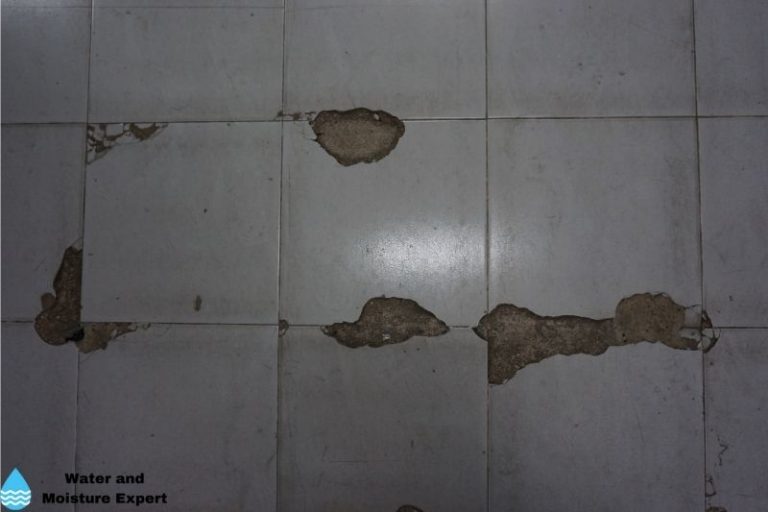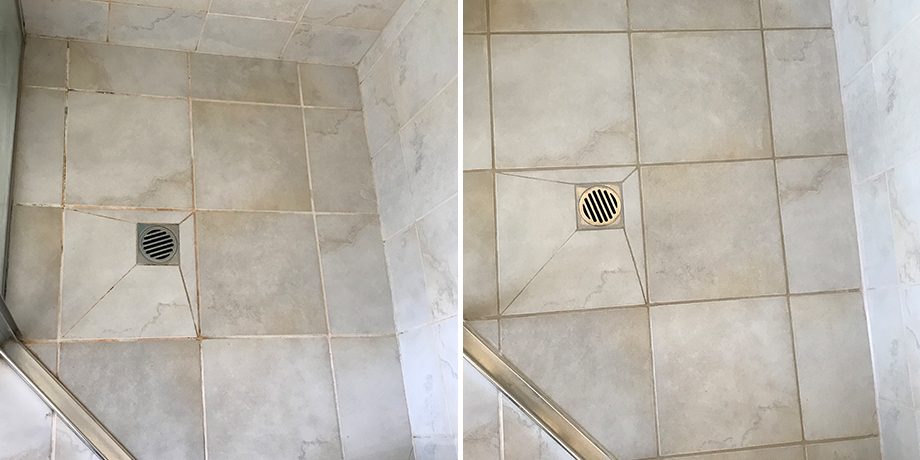How to avoid a Water Damaged Bathroom
How to avoid a Water Damaged Bathroom
Blog Article
Have you been searching for guidance about How to Prevent Bathroom Water Damage?

The washroom is incredibly at risk for moist buildup and prospective water damage because of the constant use of water in it. This write-up provides basic inspection methods to aid spotting water damages hazards.
The regular use water in the bathroom makes it very vulnerable for damp buildup as well as possible water damages. By examining it consistently, you can reduce water associated problems.
The following set of assessments is easy to carry out as well as need to be done once in every three months in order to maintain your washroom in good shape and to avoid possible water damages triggered by the bath tub, the shower, pipeline joints and plumbing, sinks, cupboards, as well as the commode
Do not neglect carrying out these assessments and also be thorough while performing them. Bear in mind that these basic examinations can save you a lot of money by offering very early signs for water damages
Sinks and also Cabinets
Sinks and cabinets are exposed to wetness as well as moisture everyday and also are usually forgotten. Evaluate regularly under the sink and also on the kitchen counter above it. Repair any drip in the trap as it might recommend drainpipe problems. Take a look around the sink, sluggish draining pipelines might show an obstructed drain. Replace sink seals if they are broken or loose.
Tub as well as Shower
The shower and also bath tub call for unique attention and maintenance. Check the tiles as well as replace if split. Make certain that there is no missing out on cement in between the floor tiles. Evaluate and also change fractured caulking at joints where the wall surfaces fulfill the flooring or the bath tub. Obstructed drains pipes and also pipelines troubles will certainly protect against the bath tub from drying out and also might suggest severe issues underneath the tub. Talk to an expert right away to avoid structural damage. Take notice of stainings or soft locations around the tub walls as they may indicate an internal leakage.
Plumbing
Signs for water damages are difficult to discover considering that many pipes are installed inside the wall surfaces.
Pay unique interest to flooring and walls dampness as well as spots as they may indicate an unseen plumbing trouble. Inspect moisture levels in adjacent spaces also.
The Toilet
The commode is a prone water junction. Check the water lines and also look for leaks around the toilet seat, in the tube, as well as under the water tank. If you detect any kind of indications of moisture on the flooring around the bathroom, check for leakages in the toilet edge and tank seals.
Know that hanging bathroom bowl antiperspirants enhances the chances for obstructions.
Water Damage Signs In The Bathroom To Avoid Cleanup
Musty smell
This is one of the easiest signs to catch because musty smells are so odorous. The damp, earthy, moldy smell should be a big red flag. The smell will develop when moisture gets trapped in surfaces, and begins to facilitate mold growth. Leaking pipes under cabinets, inside walls, and behind shower fixtures will cause moisture to stay trapped and not dry, which will lead to mold growth and spread. As soon as you notice any musty smells in your bathroom, have it checked for hidden water damage and cleanup signs.
Visible mold
If the smell isn’t there to give it away, sometimes you will actually see mold growth. Finding mold in your bathroom is a serious problem, because mold is very harmful to your health. By the time mold growth is visible, it also means that water damage has already occurred and been present for some time. The only way the mold problem can be resolved is to find the source of the moisture and get it stopped. To safely and adequately remove mold, you need to have professionals handle the remediation. Do not waste any time in getting mold problems addressed, fixed, and sanitized so that you can protect you and your family from the many respiratory symptoms caused by mold exposure.
Damaged floors
Bathroom floors should be able to withstand some exposure to water while still remaining in good condition. However, when excess exposure or water leaks occur, they will begin to damage even the most water-resistant flooring. If you notice any cracking, bubbling, staining, or warping on your bathroom floors, there is probably a water leak somewhere causing the distortion. If you notice areas of the floor have become softer, or even have a spongy feeling, there is probably damage to the subfloor. Subflooring is typically made up of plywood. When plywood is exposed to water or moisture, it will absorb it. Once it has become saturated, the weight of the excess water will cause the wood to swell and soften. Check the floors in your bathroom frequently to catch any of these sings before they lead to damaged subflooring.
Changes on walls
When water leaks behind walls, it will cause changes in the drywall. Peeling plaster, blistering paint, and soggy wallpaper are all good indicators that excess water is building up behind the wall. Water leaking behind drywall will cause it to swell and be soft to the tough. If you start to notice gaps along the trim of your walls, or where tile meets the wall, it could also be a strong indicator that there is a leak behind the wall. Any changes, distortion, or damage on the walls should be evaluated as soon as you notice it to prevent further water damage and cleanup.

I hope you liked our excerpt on Looking for Signs of Water Damage in the Bathroom. Thanks for finding the time to read through our piece. You should take the time to share this post if you enjoyed reading it. I thank you for reading our article about Common Causes of Water Damage in a Bathroom.
Request An Appointment Report this page